If you’ve seen parents easily maneuvering through crowded spaces with a slim, lightweight stroller, you’ve likely spotted an umbrella stroller in action. These compact carriers earn their name from their distinctive folding mechanism that resembles an umbrella when collapsed. Unlike their bulkier counterparts, umbrella strollers offer simplicity and portability while still keeping your little one comfortable. But before you grab one for your family, you’ll need to understand when they’re appropriate and what features matter most.
Definition and Key Features of Umbrella Strollers

Simplicity defines the umbrella stroller, a lightweight and portable option that typically weighs about 10–16 pounds (for example, several popular models are ~13–14 lb).Source
You’ll immediately notice its distinctive umbrella-style folding mechanism that collapses the stroller into a slim, compact profile—perfect for maneuvering through crowded spaces or storing in tight spots.
Unlike bulkier alternatives, umbrella strollers prioritize maneuverability over extensive features.
They’re designed for children from 6 months to approximately 40–55 pounds, depending on the model you choose.Source Most come with basic amenities: a simple canopy for sun protection and minimal storage underneath.
When selecting your umbrella stroller, consider the weight limit specified by the manufacturer and always follow safety guidelines for proper use.
Their foldable design makes these strollers ideal as a secondary option for quick trips or travel when you don’t want to lug around a full-sized stroller.
Their portability is their greatest advantage.
Benefits of Using an Umbrella Stroller

The practical advantages of umbrella strollers extend far beyond their distinctive folding mechanism. Their compact and lightweight design, typically about 10–16 pounds, makes them exceptionally easy to carry during errands, travel, or daily activities.Source
You’ll appreciate how effortlessly they fold and store in tight spaces like car trunks or closets.
Navigating crowded urban environments becomes considerably easier with an umbrella stroller’s slim profile. You can weave through busy streets and narrow store aisles without the bulkiness of traditional strollers.
Their affordability also makes them an excellent secondary option for quick trips.
Safety remains paramount, with most models accommodating children from six months (when they can sit independently) up to a maximum weight of 40–50 pounds (model-specific).Source
Despite their minimalist design, many umbrella strollers still offer adequate storage space for essentials, making them practical for parents who value both convenience and functionality without compromising their child’s comfort.
Age and Weight Requirements for Safe Usage

You’ll need to guarantee your child meets key developmental milestones before using an umbrella stroller, with most models requiring babies to be at least 6 months old and able to sit unassisted.AAP
Weight limits typically range from 40–55 pounds, varying by manufacturer and model specifications. Always check your stroller’s guidelines, as your child may outgrow it between ages 3–5 depending on their individual growth rate.Source
Developmental Milestones Matter
When considering an umbrella stroller for your little one, understanding developmental milestones is essential for guaranteeing both safety and comfort.
Before purchasing, assess whether your child can sit upright unassisted—typically achieved around six months—as this is a critical prerequisite for using these lightweight strollers.
Head and neck control is non-negotiable when it comes to umbrella stroller safety. Your child must be able to hold their head steady before moving from a full-featured stroller to this more minimalist option.
Remember that umbrella strollers are designed with specific safety limits in mind. Most accommodate children weighing up to 40 or 50 pounds, generally serving kids until they’re 3–5 years old.Source
Always follow the manufacturer’s age and weight guidelines to guarantee your child remains safe during every outing.
Weight Limits Vary
Understanding your umbrella stroller’s specific weight limitations helps guarantee both safety and longevity of use.
Most umbrella strollers accommodate children up to 40–50 pounds, with your child likely reaching this limit between ages 3–5, depending on their growth rate.Source
Always follow the manufacturer’s age guidelines to verify your child’s safety.
Umbrella strollers are typically suitable for babies who can sit upright unassisted—a developmental milestone usually achieved around six months.AAP
Before shifting to this lightweight option that’s comfortable to carry, assess whether your child has adequate head and neck control.
Weight limits aren’t arbitrary—they’re carefully calculated safety measures.
Check your specific model’s recommendations and regularly evaluate if your growing child still fits comfortably within these parameters for a secure strolling experience.
Developmental Milestones Before Transitioning to an Umbrella Stroller

Before shifting your baby to an umbrella stroller, you’ll need to guarantee they’ve developed proper head and neck control, typically occurring around six months of age.AAP
Your child should be able to sit upright independently without support, which is a critical safety requirement for this type of stroller.
Always check that your baby meets both the developmental milestones and falls within the manufacturer’s weight guidelines, usually between 40–50 pounds, before making the switch.Source
Head Control Matters
Strong head and neck control represents an essential milestone your baby must achieve before safely moving to an umbrella stroller. This critical developmental milestone typically occurs around six months of age, though some infants may develop it as early as five months or as late as eight months.
Don’t rush this change based solely on your baby’s age. Instead, watch for their ability to sit upright unassisted—a clear indicator of readiness. Each child develops at their own pace, so prioritize your little one’s individual progress over age guidelines.
Always check the manufacturer’s safety guidelines regarding weight capacity, which typically ranges from 40 to 50 pounds.
Sitting Independently First
The ability to sit independently marks the second crucial milestone your baby must achieve before safely moving to an umbrella stroller. Most infants develop this skill around six months of age, but remember that each little one progresses at their own pace.
Before you use an umbrella stroller, confirm your child can sit upright without support for extended periods. This milestone typically follows established head and neck control, which develops between five and eight months.
Even if your baby meets the age recommendation, wait until they demonstrate consistent sitting ability.
Always respect the weight limits (typically 40–50 pounds) specified by manufacturers, which most children reach between ages 3–5.
For safety, prioritize your child’s developmental readiness over age alone. A proper fit in the stroller seat is non-negotiable for protecting your little one during outings.
Weight and Age Guidelines
Weight and age recommendations serve as important guardrails when selecting an umbrella stroller for your growing baby. Before changing, verify your child can sit upright independently, typically around six months of age.
| Age | Developmental Milestone | Weight Range | Ready for Umbrella Stroller? |
|---|---|---|---|
| 5-6 months | Beginning to sit upright | 15-20 lbs | Maybe – assess individual readiness |
| 6-8 months | Good head/neck control | 16-22 lbs | Yes – most children ready |
| 1-3 years | Walking independently | 22-35 lbs | Yes – ideal age range |
| 3-5 years | Approaching outgrow | 35-50 lbs | Yes – check manufacturer limits |
Always check the specific weight limits of your chosen model, as most umbrella strollers accommodate children up to 40–50 pounds. Your child’s safety depends on meeting both the developmental milestones and staying within these established guidelines.
Key Differences Between Umbrella and Traditional Strollers
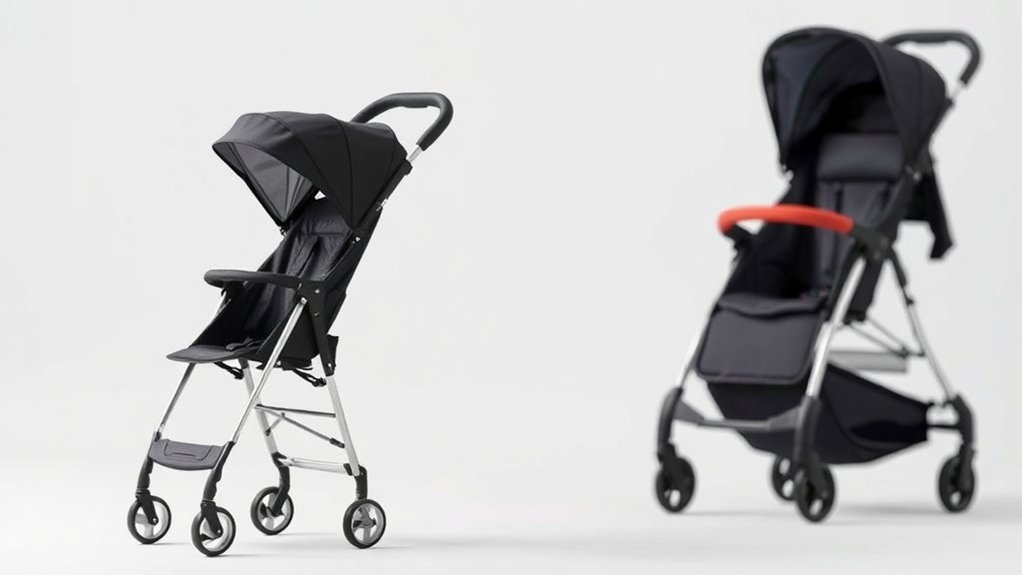
When comparing umbrella strollers to their traditional counterparts, several key differences become immediately apparent. The most striking distinction is weight—umbrella strollers typically weigh about 10–16 pounds, while many full-size strollers are around 20–30 pounds (for example, UPPAbaby Cruz V2 is ~25.5 lb).Example
You’ll find umbrella strollers offer compact storage thanks to their signature folding mechanism that resembles an umbrella. This space-saving feature is ideal if you’re dealing with limited trunk space or tight storage areas at home.
Traditional strollers, however, demand more room due to their bulkier construction.
While traditional strollers come with multiple recline options and ample storage for accessories, umbrella strollers provide limited storage and fewer recline settings. They’re designed with simplicity in mind—easy to use without the extra features like adjustable handles or extensive canopies found on traditional models.
This focus on essentials makes them perfect for quick trips.
Essential Safety Considerations for Umbrella Strollers

Safety stands at the forefront of any parent’s concerns when selecting an umbrella stroller for their child. In the U.S., strollers must comply with CPSC regulation 16 CFR Part 1227, which incorporates ASTM F833-21—the current stroller safety standard.CPSC/ECFR Federal Register
Always choose models featuring a five-point harness to secure your little one properly, preventing falls during your outings. This is strongly recommended by pediatric experts.AAP
When it comes to umbrella strollers, a five-point harness is the recommended best practice for your child’s protection (choose it whenever available).
Never overlook the importance of engaging the brakes whenever your stroller is stationary, especially on slopes or uneven terrain. Additionally, be mindful of pinch points during folding and unfolding operations, as finger injuries are commonly reported.
Check your stroller’s weight limits regularly—typically between 40–55 pounds—to maintain stability and guarantee your child’s safety.
Don’t use an umbrella stroller for infants under six months old, as they lack adequate head and neck control for safe seating.AAP
Top Factors to Consider When Purchasing an Umbrella Stroller

When selecting an umbrella stroller, you’ll need to balance safety features with your practical needs, ensuring the stroller includes a secure harness, reliable brakes, and meets current safety standards.
Consider how you’ll use the stroller—prioritizing ultra-lightweight models for frequent travelers or sturdier options with additional features like storage baskets and cup holders for daily use.
Your final choice should reflect your lifestyle while maintaining essential functionality, whether you’re maneuvering crowded city streets or occasional trips to the mall.
Safety Features First
While shopping for an umbrella stroller, you’ll find that safety features should be your primary consideration. Choose a model with a five-point harness that securely buckles your child, preventing falls and injuries during your outings (expert-recommended).AAP
Verify the stroller has a sturdy frame with reliable safety locks to eliminate accidental folding while your little one is seated.
Be mindful of pinch points during operation—select designs specifically engineered to protect little fingers.
Don’t overlook official safety standards; models compliant with ASTM F833 and CPSC 16 CFR Part 1227 offer proven protection.CPSC/ECFR
Check the weight limit, typically between 40–55 pounds, to guarantee the stroller will safely accommodate your child as they grow.
Portability Vs Functionality
Parents facing the umbrella stroller decision must ultimately balance portability against functionality to find their ideal match. The most portable models typically weigh about 10–16 pounds, making them easy to carry and store in tight spaces.Source
When evaluating functionality, look for multiple recline positions that accommodate your child’s comfort needs and quick folding mechanisms for on-the-go convenience.
Consider how a compact design (around 18 inches wide when folded) will fit in your car and navigate crowded areas. Never compromise on safety standards—ensure your stroller includes a five-point harness and reliable brakes.
While lightweight designs often mean limited storage options, prioritize models with at least a small basket for essentials. The best umbrella stroller for you strikes the right balance between portability and the features you’ll use daily.
When to Retire Your Umbrella Stroller
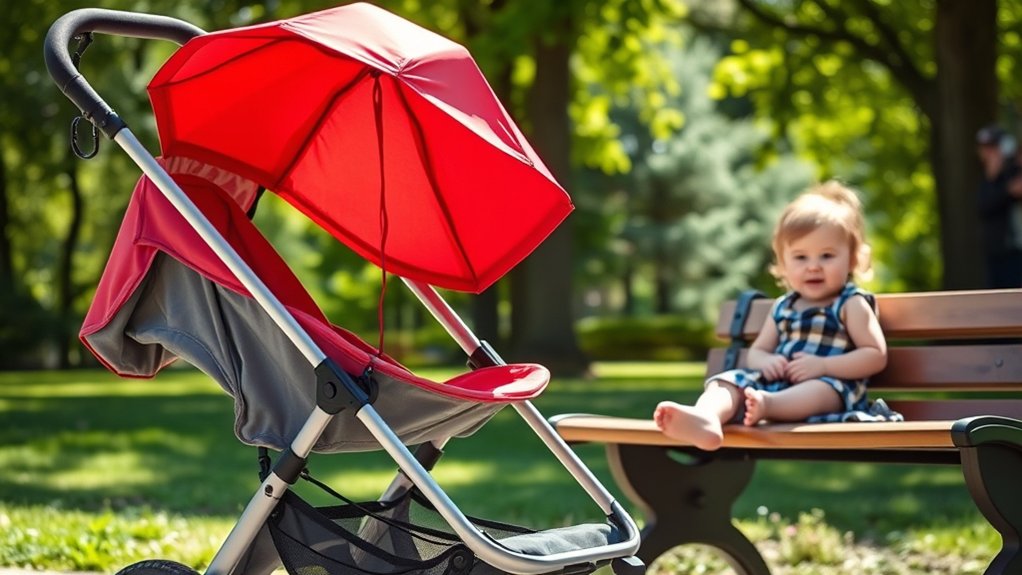
Knowing the right time to retire your umbrella stroller is essential for your child’s safety and comfort. Most umbrella strollers have specific weight limits set by manufacturers, typically between 40 to 50 pounds. You should always adhere to these guidelines regardless of your child’s age.Source
Watch for clear signs that your child has outgrown the stroller: difficulty buckling them in, cramped seating position, or visible discomfort while seated. Most children naturally outgrow umbrella strollers between ages 3 and 5, depending on their individual growth rate.
Using a stroller beyond its weight limit isn’t just uncomfortable—it’s dangerous. An overloaded stroller becomes unstable and increases accident risk.
For your child’s safety, consult your stroller’s manufacturer’s guidelines for specific weight restrictions and recommended usage limits.
Maintenance and Cleaning Tips for Longevity

To extend the life of your umbrella stroller, regular maintenance and proper cleaning are essential. With regular use, your stroller will accumulate dirt and wear that requires attention to prevent premature deterioration.
Prioritize regular care for your umbrella stroller to prevent wear and extend its usable life.
- Clean the fabric using cold water and mild soap only—avoid harsh chemicals and bleach that can damage materials and compromise safety.
- Air-dry completely after washing to prevent mold and mildew growth, which thrive in damp environments and can ruin fabric components.
- Check for loose screws periodically and tighten them to maintain structural integrity, ensuring your child’s safety during every outing.
- Wipe down the frame and wheels regularly with a damp cloth to remove dirt and debris that can affect performance.
When not in use, store the stroller in a cool, dry place away from direct sunlight to maintain smooth maneuverability and prevent material degradation over time.
Travel-Friendly Features That Make Umbrella Strollers Popular

When traveling with children, umbrella strollers stand out as the go-to choice for families on the move, thanks to their exceptional portability and convenience features.
Weighing about 10–16 pounds compared to many full-size strollers at roughly 20–30 pounds, these lightweight travel strollers won’t strain your arms when rushing to catch flights or steering through busy terminals.Example
You’ll appreciate the quick folding mechanism that collapses your stroller into a compact travel companion, fitting easily into car trunks, overhead compartments, or small hotel closets.
Their slim 18-inch profile makes maneuvering through crowded city streets and public transportation remarkably effortless.
While umbrella strollers typically offer minimal storage baskets compared to full-sized alternatives, they compensate with practical design elements like simple sun canopies.
Perfect for children who can sit independently (usually around six months), they’re ideal for day trips, vacations, and urban adventures where maneuverability matters more than extensive features.
Air travel tip: Many U.S. airlines allow strollers to be gate-checked for free; a few ultra-compact models may fit as a carry-on, but policies vary by airline and aircraft. Always check your carrier’s current policy before you fly.American Airlines Delta Air Lines
Frequently Asked Questions
What Age Is an Umbrella Stroller For?
You’ll want to use an umbrella stroller when your baby’s 6 months old and can sit upright independently. They’re lightweight, portable baby gear that offers toddler travel convenience until they reach about 40–50 pounds (model-specific).AAP Source
What Is the Difference Between an Umbrella Stroller and a Regular Stroller?
Umbrella strollers offer a lightweight design and compact folding mechanism, making them ideal for travel convenience. You’ll find they’re typically cheaper, while regular strollers provide enhanced features and higher capacity despite reduced portability.
What Is the Purpose of an Umbrella Stroller?
You’ll appreciate an umbrella stroller’s lightweight design and portability for travel convenience. It offers easy storage, impressive maneuverability, essential safety features, and cost-effective transportation for your child during quick outings.
Is an Umbrella Stroller Considered a Carry-On?
Your lightweight umbrella stroller isn’t typically considered a carry-on. Most airlines let you gate-check these strollers without counting against your baggage allowance; a few ultra-compact models may meet carry-on size limits—confirm with your airline.American Airlines Delta Air Lines
Conclusion
Just as a sturdy umbrella provides shelter in unexpected storms, your umbrella stroller stands ready for life’s parenting journey. It’s not merely a convenience but your reliable travel companion, adapting to your growing child’s needs. When you’ve chosen wisely, maintained properly, and respected its limits, you’ll find it’s been worth every penny—a faithful sidekick until your little explorer is ready to navigate the world on foot.
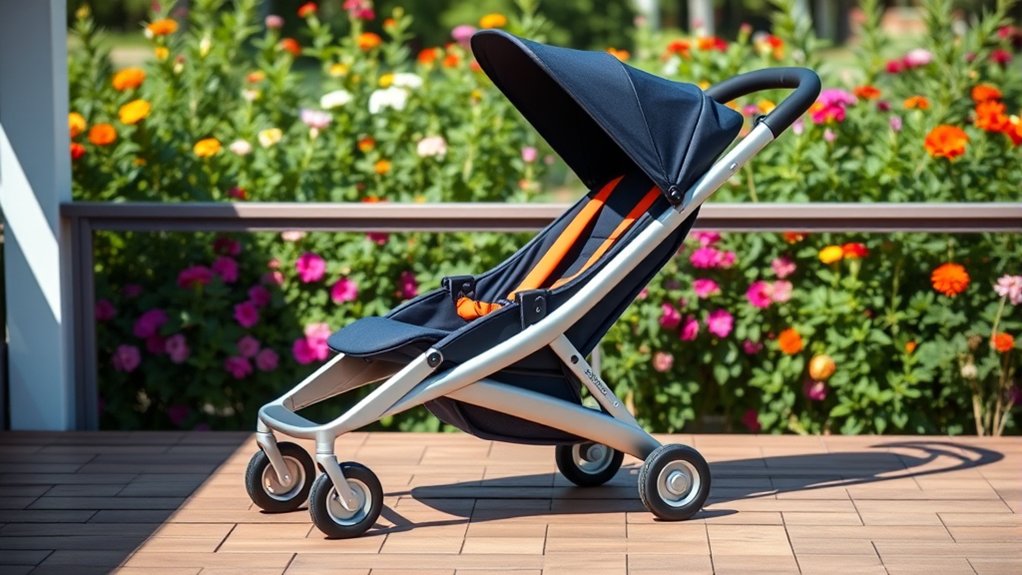
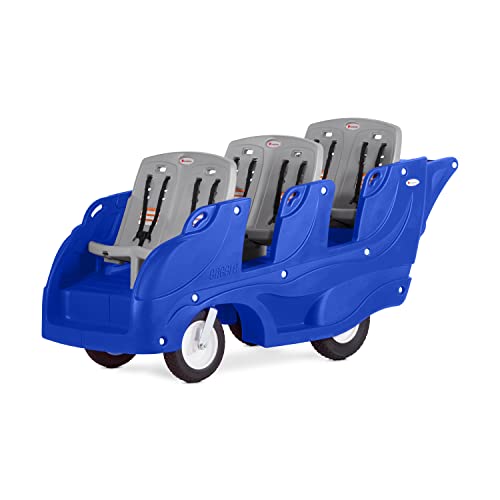
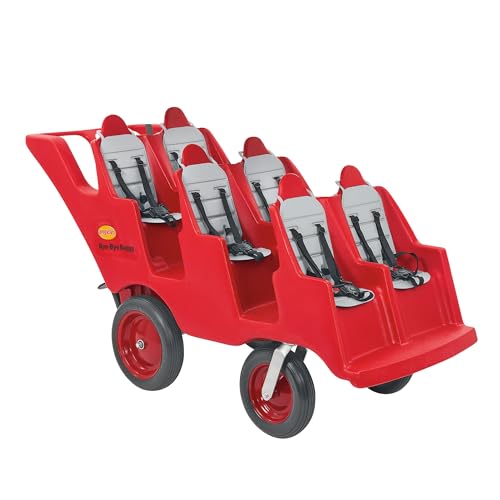
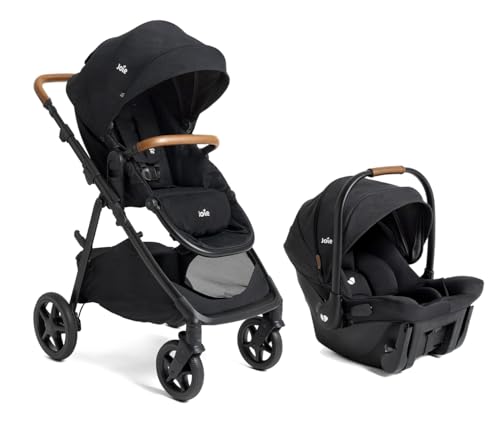
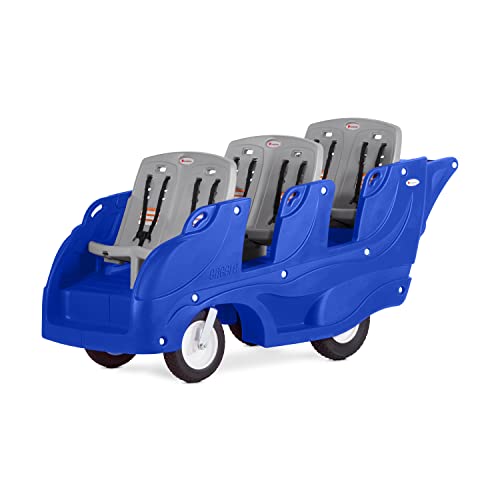


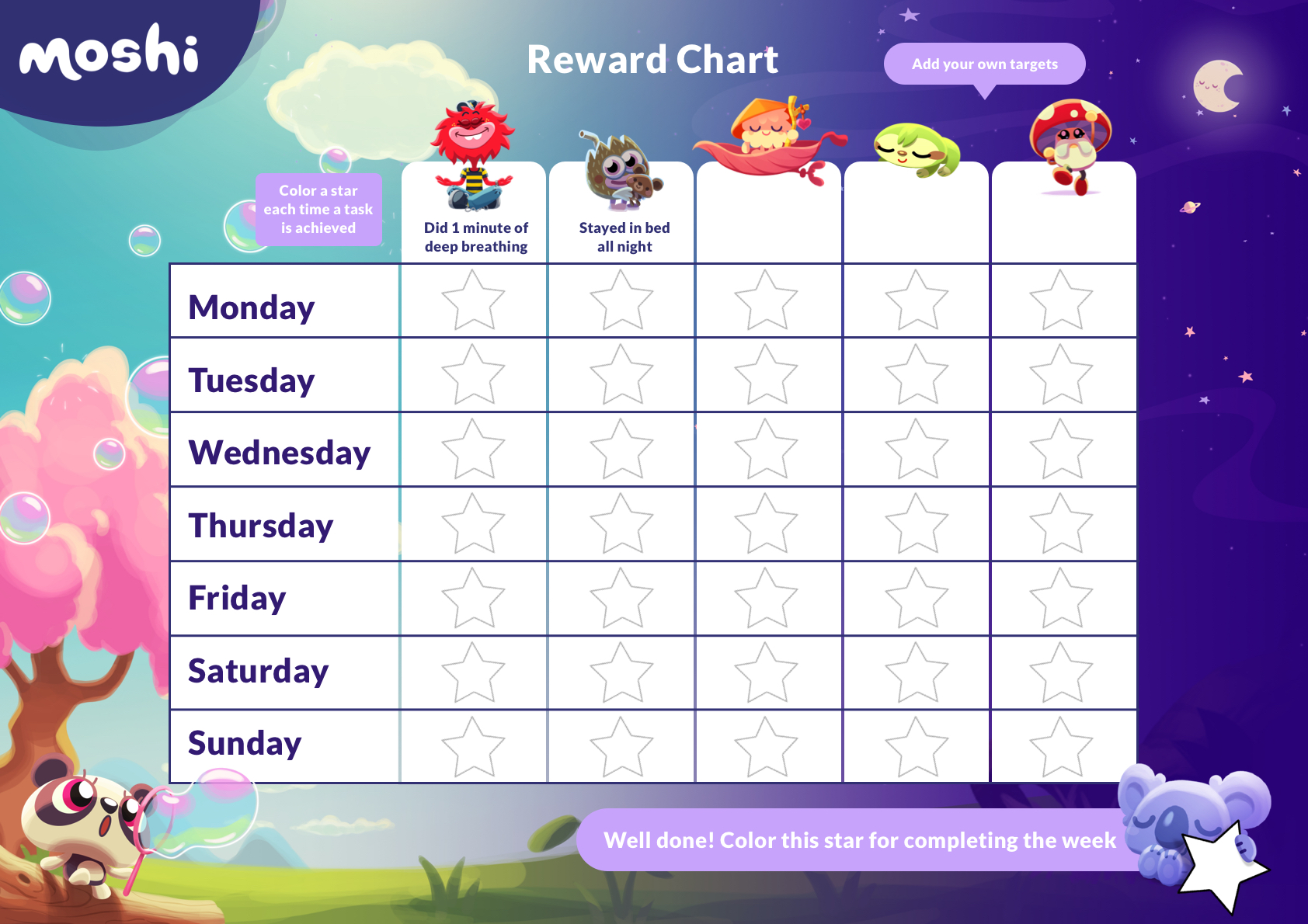


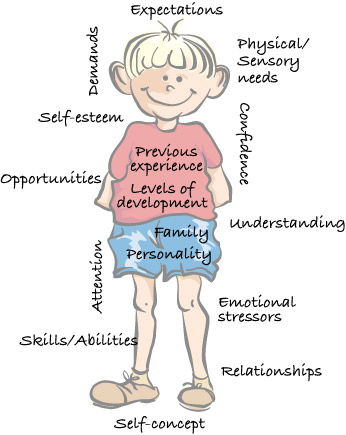

2 thoughts on “Umbrella Strollers: Age, Safety & Buying Guide (2025)”